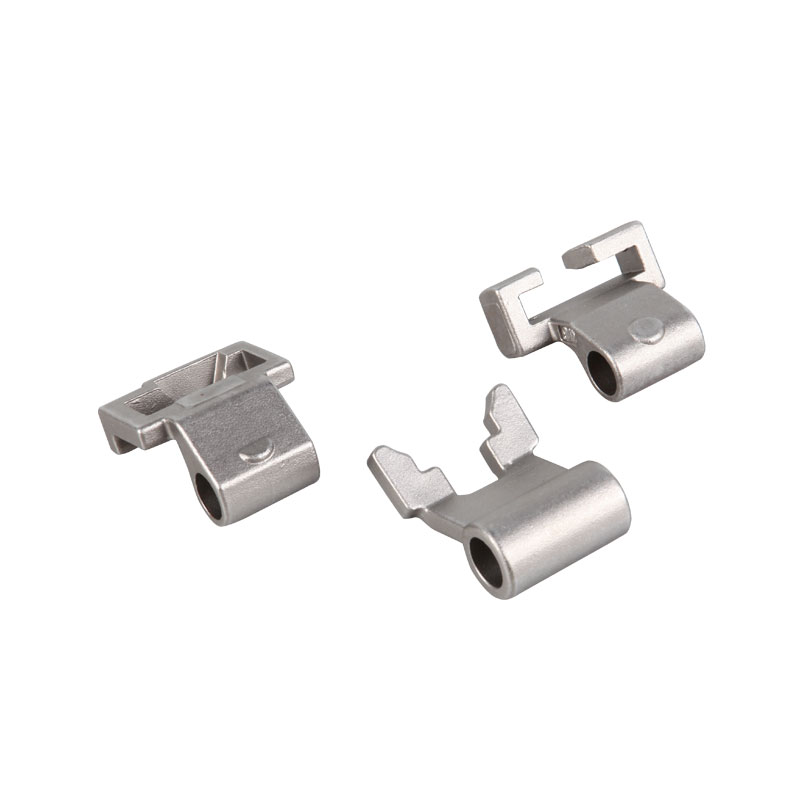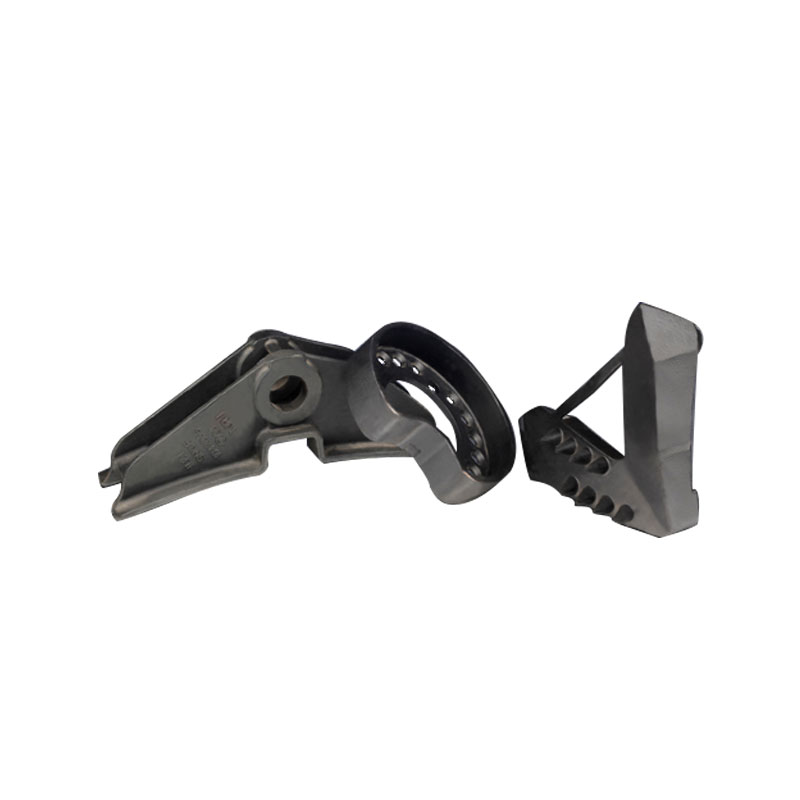Stainless steel is a popular material used in many indu […]
Stainless steel is a popular material used in many industrial and consumer products, from medical devices to aerospace components. One of the most common ways to manufacture stainless steel components is through the silica sol process. This article will discuss the silica sol process and its benefits in the manufacturing of stainless steel castings.

What is the Silica Sol Process?
The silica sol process, also known as the investment casting process, is a manufacturing method that involves making a wax pattern of the desired part, coating the pattern with a ceramic shell, melting the wax out of the shell, and then pouring molten stainless steel into the shell to create the final component. This process is widely used in the aerospace, medical, and automotive industries due to its ability to produce complex and precise components with excellent surface finishes.
The silica sol process involves several steps, which are as follows:
Wax Pattern Creation: A wax pattern of the desired component is created using injection molding or by hand.
Ceramic Shell Coating: The wax pattern is dipped into a slurry made of fine ceramic particles mixed with a binder, such as silica sol. The shell is allowed to dry, and the process is repeated until a thick coating is achieved.
Dewaxing: The coated wax pattern is heated in a kiln to melt the wax, leaving behind a hollow ceramic shell.
Pouring: Molten stainless steel is poured into the ceramic shell, which is then allowed to cool.
Finishing: The ceramic shell is removed, and the final component is sandblasted, machined, and polished as necessary.
Benefits of the Silica Sol Process
The silica sol process offers several advantages in the manufacturing of stainless steel components. Some of the key benefits include:
High Precision: The process allows for the production of complex and precise components with tight tolerances, making it ideal for parts that require intricate shapes and dimensions.
Smooth Surface Finish: The process produces parts with excellent surface finishes, reducing the need for additional finishing work.
Versatility: The process can be used to cast a wide range of alloys, including stainless steel, carbon steel, and aluminum.
Cost-Effective: The process is cost-effective for small production runs, making it an ideal choice for prototypes and low-volume production.
Applications of Silica Sol Process Stainless Steel Casting
The silica sol process is widely used in many industries for the manufacturing of high-quality stainless steel components. Some of the common applications of this process include:
Aerospace Components: The process is ideal for creating complex and precise components, such as turbine blades, compressor parts, and landing gear components.
Medical Devices: The process can produce intricate and high-precision components for medical devices, such as implants and surgical instruments.
Automotive Parts: The process is used to create intricate parts for cars, such as engine components, exhaust systems, and suspension parts.



